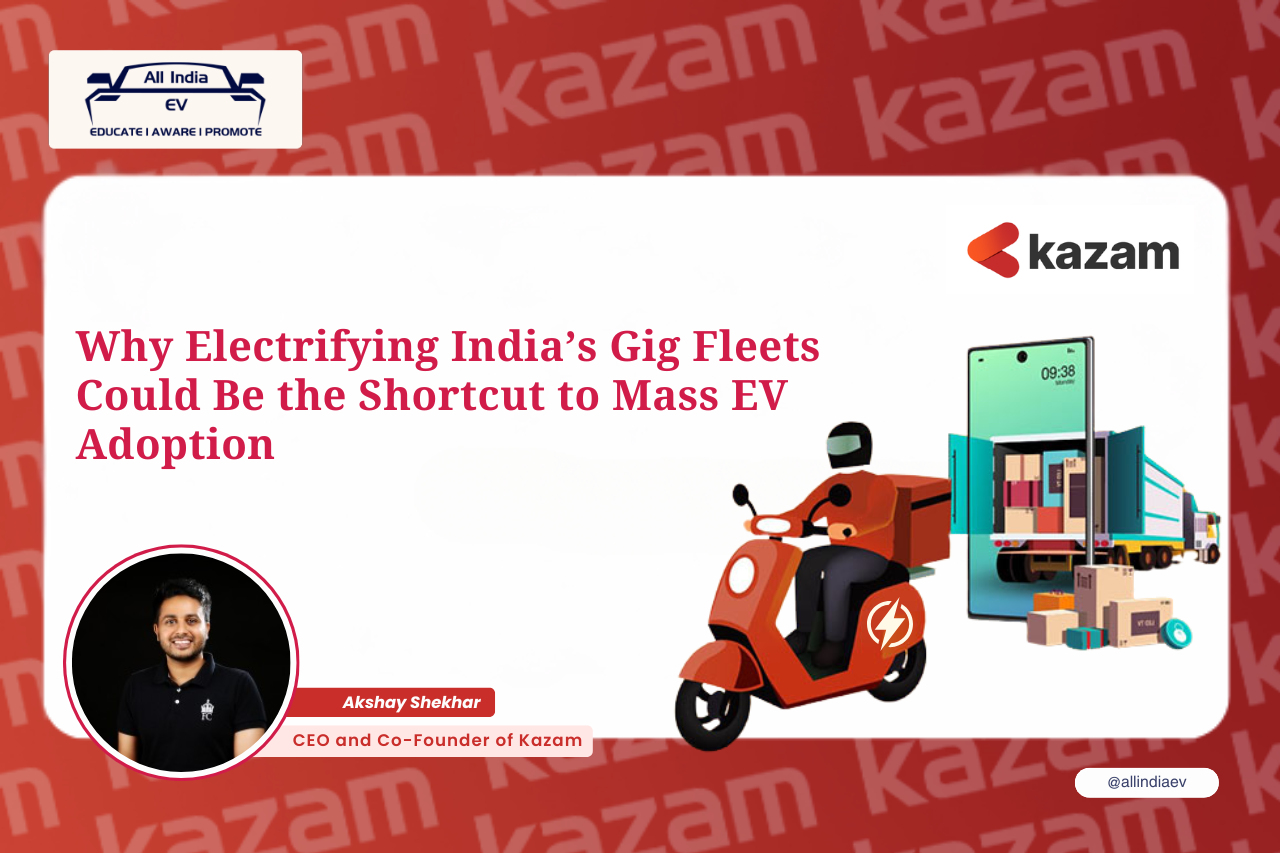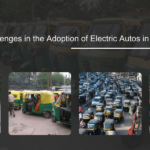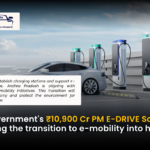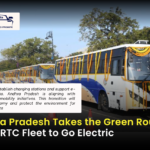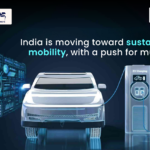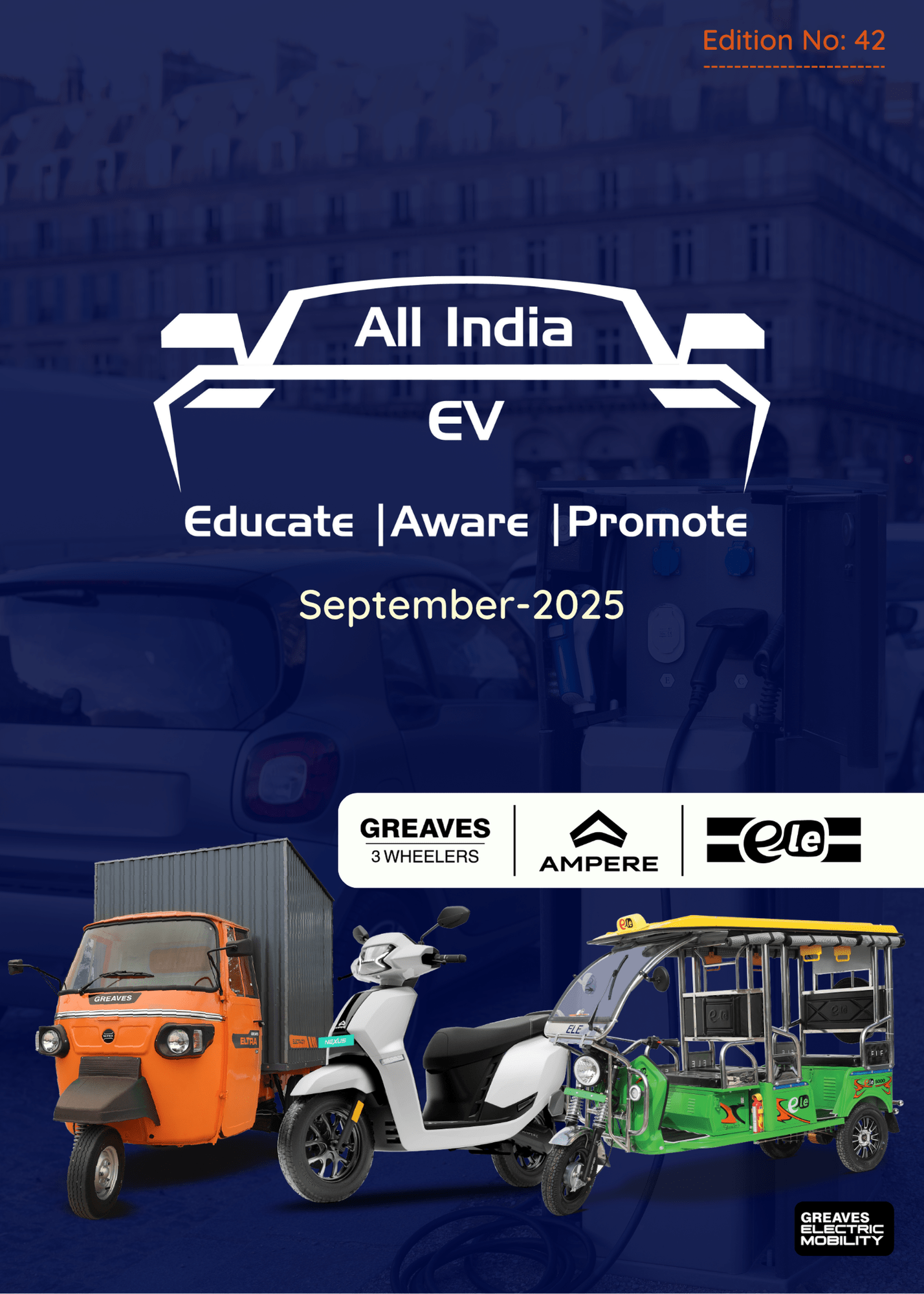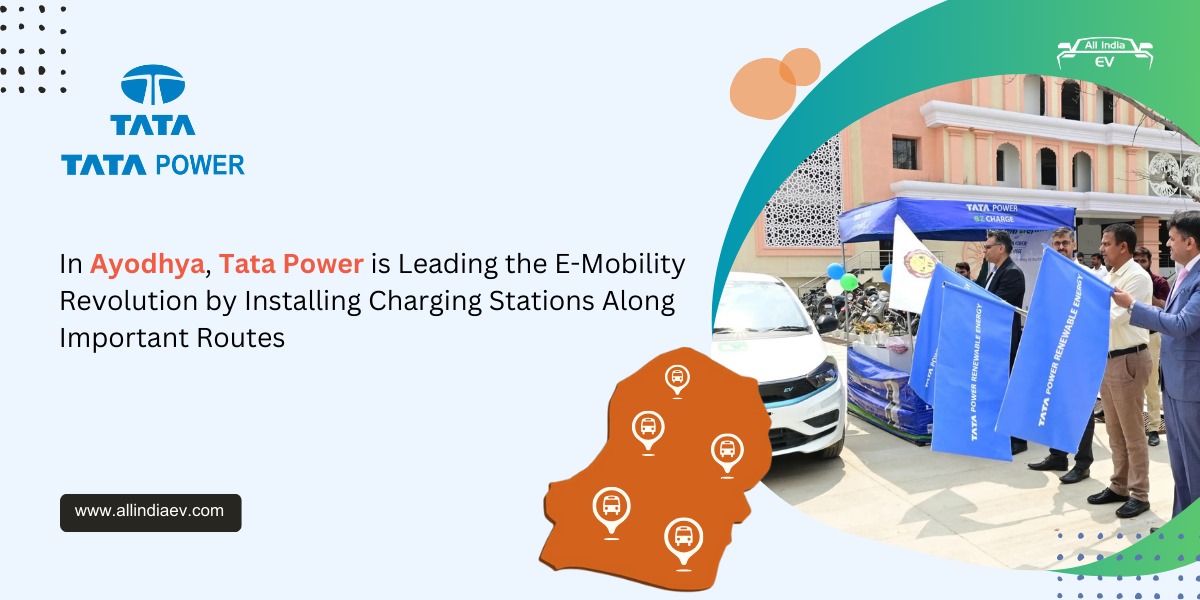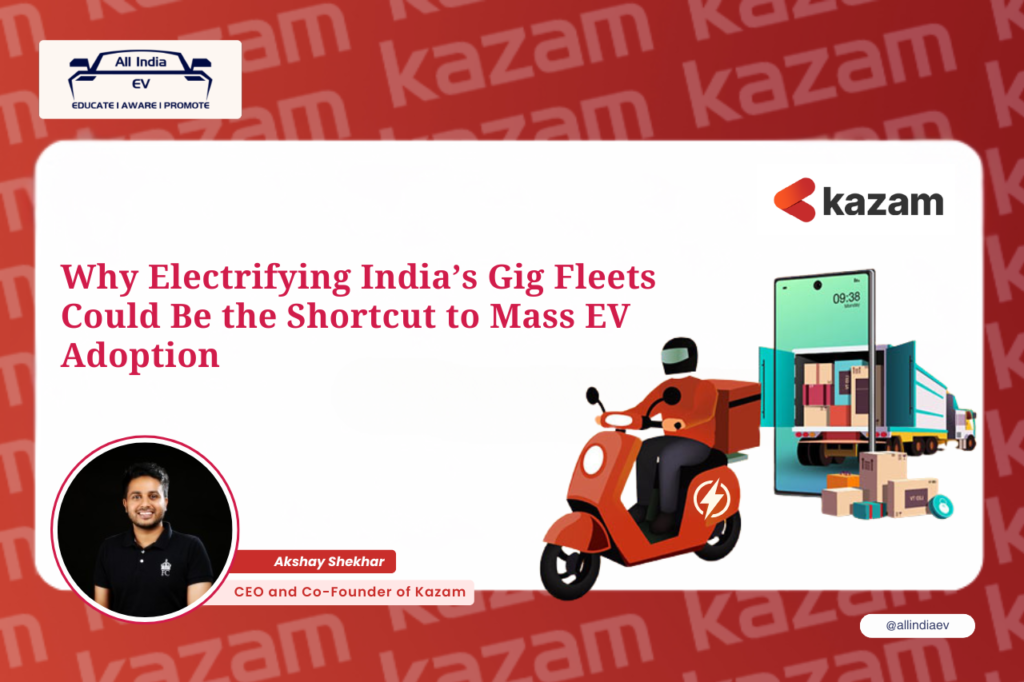
India’s electric vehicle (EV) push is often framed as a tale of private cars and shiny launches. EV adoption has already begun to rise to 6.3% by 2024, totalling over 5.5 million EVs on Indian roads in early 2025. But the true accelerators sit right before our eyes: the gig fleets. From delivery bikes weaving through metros to ride-hailing 3-wheelers in Tier-2 towns, these are the daily mobility backbone of millions of people in India. If electrification needs a tipping point to happen, gig fleets represent the quickest pathway to the tipping point, and every gig driver switching to EVs has an amplified effect compared to regular private owners.
The Scale of Gig Fleets in India
As per the NITI Aayog report on India’s booming gig and platform economy, the gig workforce is expected to expand to 2.35 crore (23.5 million) workers by 2029-30. A majority of these jobs revolve around mobility food delivery, e-commerce shipments, ride-sharing, or logistics. Gig workers’ transition to electric vehicles is far more significant than individual adoption because every extra kilometer they travel is multiplied by thousands throughout the ecosystem. For instance, a single delivery rider travels 100 km-120 km per day compared to the 30 km typically covered by a private car user. This means each EV rider can avoid using nearly 4x more fossil fuel.
According to the IEA report, by 2030, India’s EV fleet will avoid around 5 Mt of carbon dioxide, while in 2050, the amount could range from 110 to 380 Mt of carbon dioxide, depending on the EV fleet size and the pace of power sector decarbonization. For three-wheelers, the impact is even larger, especially in dense city routes.
Why Gig Fleets Are Ripe for EV Transition
High Utilization: Gig fleets are unlike private cars and have near 24-hour utilization, so we can realize the cost advantage of EVs (lower running and charging costs) much faster.
Predictable Routes: Delivery corridors and city commutes make battery swapping, charging, and even energy sharing easier to design.
Lower Entry Barriers: Since financing models, leasing, and service-led offerings are coming to market, gig drivers do not have to make huge upfront investments. For an electric vehicle, it will cost between Rs 1,000 and Rs 2,000 a year, while for a petrol variant, you might have to spend almost Rs 4,000 to Rs 5,000 a year.
Furthermore, fleet electrification is already underway, making this shift more than just a theoretical one. E-commerce is introducing electric three-wheelers for last-mile deliveries, food delivery platforms have started requiring a portion of their riders to switch to electric vehicles, and even logistics firms in Tier-2 cities are testing battery-swapping hubs. The transition is going more smoothly than anticipated for riders themselves: EVs need less upkeep, charging is getting easier, and smart platforms now offer remote diagnostics and on-road assistance. In addition to financial savings, the outcome is a more seamless and stress-free daily schedule.
India’s Unique Edge
What makes India different from other EV markets like China or the US is its dependence on small-format vehicles, two- and three-wheelers. Globally, India already accounts for more than 80% of three-wheeler EV sales. This gives gig platforms here an outsized influence on the direction of EV adoption.
As per the report from PIB, India aspires to achieve an EV sales penetration of 80% in the two- and three-wheeler segment, 70% for all commercial cars, 30% for private cars, and 40% for buses by the year 2030. This is in line with India’s target to achieve net-zero carbon emissions by 2070.
The government has also been making some policies to support this shift, and here is the National Electric Mobility Mission Plan (NEMMP) 2020, establishing the foundation for India’s electric vehicle vision. Under this plan, the FAME (Faster Adoption and Manufacturing of Hybrid & Electric Vehicles) Scheme was launched. FAME-I aimed to support the growth of the hybrid and electric vehicle market and build a domestic manufacturing system. Its successor, FAME-II, has taken a more aggressive approach. As of June 30, 2025, ₹912.50 crore has been approved for installing 9,332 public charging stations (PCS). Out of these, 8,885 have already been set up across the country.
In the 2024 Union Budget, India’s Finance Minister announced a budget allocation of INR 35,000 crore (USD 3.5 billion) for crucial capital investments in achieving energy transition and net-zero targets by 2070 in line with India’s Paris Climate Goals.
Another unique element is the ecosystem being built around these fleets. Service-led platforms are going beyond hardware, offering cloud-based fleet monitoring, predictive analytics, and financing tie-ups that de-risk adoption for drivers. Perhaps most importantly, pilots for peer-to-peer (P2P) energy sharing, where drivers can buy, sell, or share electricity seamlessly, are now running in partnership with distribution companies. This opens up a decentralized, affordable charging network that riders can trust.
The companies behind this shift are not just selling batteries or chargers; they are building platforms that even include financing options, making it easier for people to switch to electric vehicles, fleet management, and P2P energy flows. They guarantee that fleets stay on the road longer, downtime is minimized, and operating costs stay consistent by fusing digital energy management tools with physical charging infrastructure. By being the first to implement these solutions, they are establishing the standard for how India can grow without replicating the Western model of EV highways and sprawling private car infrastructure.
This is why India’s EV question is less about when adoption will happen and more about where it should begin. The answer is clear: gig fleets. Their sheer volume, visibility, and speed of use speed up the adoption process and make EVs more common than private ownership can. Every converted delivery bike is seen by thousands of urban commuters every day. Each fleet hub also serves as a neighborhood charging access point. Electrifying gig-economy fleets is not just one way to boost EV adoption in India, but it is already showing us that it is the fastest and most responsive to achieve widespread adoption of electric vehicles.


